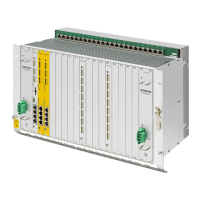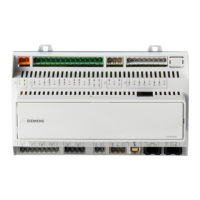Detailed Description
2.8 Special handling of tool compensations
Basic logic functions: Tool Offset (W1)
136 Function Manual, 11/2006, 6FC5397-0BP10-2BA0
Activation of modified setting data
When the setting data described above are modified, the tool components are not
reevaluated until the next time a tool edge is selected. If a tool is already active and the data
of this tool are to be reevaluated, the tool must be selected again.
Example:
N10 $SC_WEAR_SIGN = 0
; No sign inversion of the wear values
N20 $TC_DP1[1,1] = 120
; End mill
N30 $TC_DP6[1,1] = 100
; Tool radius 100 mm
N40 $TC_DP15[1,1] = 1
; Wear dimension of tool radius 1 mm, resulting tool
radius 101 mm
N100 T1 D1 G41 X150 Y20
....
N150 G40 X300N10
....
N200 $SC_WEAR_SIGN = 1
; Sign inversion for all wear values; the new radius of 99
mm is activated on a new selection (D1). Without D1,
the radius would continue to be 101 mm.
N300 D1 G41 X350 Y-20
N310 ....
The same applies in the event that the resulting tool length is modified due to a change in
the mirroring status of an axis. The tool must be selected again after the mirror command, in
order to activate the modified tool-length components.
2.8.4 Tool length and plane change (SD42940 $SC_TOOL_LENGTH_CONST)
Plane change
The assignment of tool length components (length, wear and tool base dimension) to
geometry axes does not change when the machining plane is changed (G17–G19).

